Ice Cream and More Ice Cream
Katie Maxwell, Visitor Services Coordinator
There are two very different recipes for ice cream in 35 Receipts from “The Larder Invaded” by William Woys Weaver, and since I’m feeling ambitious, I’m trying out both of them. It’s a good opportunity to compare and contrast historical recipes (plus I want ice cream). You can find the 1851 Lemon Ice Cream recipe on pages 43 and 44. It appears to involve only three ingredients, sugar, lemons, and cream. The second recipe, an 1874 caramel confection involves more ingredients including alcohol and ten egg yolks. You can find that entry on pages 63 and 64.
I will start with the lemon ice cream. The ingredients are not listed separately, but the 1851 directions are quite short,
From two quarts of cream take one pint, into which stir one pound of powdered sugar, and the juice and grated rind of four lemons. Then beat the above mixture into the remaining three pints of cream. Strain and freeze. Milk and arrowroot may be substituted for cream, when that article cannot be procured.”
Dr. Weaver does not have an adaptation of this recipe but did include an explanatory note on the ingredients and process. He explains that the powdered sugar mentioned here is the same as modern superfine or caster sugar.
Given my limited freezer space I will be cutting this recipe in half. Therefore my ingredients are as follows:
1 qt heavy cream
8 oz caster sugar
zest and juice of 2 lemons
Now for the first step:
From two quarts of cream take one pint, into which stir one pound of powdered sugar, and the juice and grated rind of four lemons.
As expected, the caster sugar dissolves easily into the other ingredients. Now my next step should be:
Then beat the above mixture into the remaining three pints of cream.
However, Dr. Weaver has this to say about the cream,
“The cream must be beaten until stiff before the various ingredients are folded together.”
I’m a little unsure whether I was supposed to beat the cream before I divided it or after. Since I’ve already mixed the lemon juice, zest, and sugar into one cup of the cream, I beat the remaining three cups with a hand mixer.
Time to carefully fold in the lemon mixture. I am folding rather than beating as Dr. Weaver says, “over beating will deflate it.”
I’m supposed to put this future ice cream in a tin or copper mold, but I don’t have one of those, so I’m using a casserole dish with a lid. Dr. Weaver has given his permission to skip the straining step.
Here it is after a few hours in the freezer:
It looks ok so far, but it’s too hard to scoop, so it’s going to hang out on the counter for a little while.
Fifteen minutes later.
Well, it doesn’t have a very ice cream-like texture. For something made mostly of heavy cream, it isn’t very creamy. The flavor is nice though. It has just enough lemon and sweetness. It is a perfect topping for blueberry pie.
Time for more ice cream! We’re not done yet.
Caramel ice cream is next and unlike the previous recipe, this one has a handy list of ingredients:
1 ½ pts. heavy cream (3 cups)
1 stick cinnamon, coarsely broken into small pieces
zest of 1 lemon
12 oz. superfine sugar
4 oz. granulated sugar
10 egg yolks
4 tbsp. Orange Curaçoa
1 cup water
You will notice that my Orange Curaçoa is blue. It was the only bottle I could find; at least it smells orange. Hopefully it won’t turn the finished product any funky colors.
Let’s get started.
Take 4 oz. granulated sugar and add it to 3 tbsp. water and 2 tsp. lemon juice.
Hey, lemon juice wasn’t in the list of ingredients! 3 tbsp. of water wasn’t listed separately either.
Stir this together, then bring to a boil in a saucepan over a high heat.
Do not stir the syrup as it boils, but rather watch it carefully. Let it turn dark brown, almost black.
Are you sure?
When it begins to smoke, it is ready.
Ok then.
Hopefully, this will turn into something delicious and isn’t just burned sugar.
Work quickly.
Always a reassuring direction.
Add the grated zest of one lemon and the cinnamon. Stir until the burnt syrup begins to foam.
I didn’t get a picture of the foam, but foam it did.
Then add one cup of water, taking care not to spatter yourself with hot sugar.
There were a few close calls.
Continue to stir until all the burnt sugar is dissolved. Then let the “tea” cool.
Now how am I going to get the remains of the burnt sugar off of my pan?
While the tea is cooling, cream the egg yolks with 12 oz. superfine sugar.
Finally, a nice straightforward step!
Beat the heavy cream until it begins to stiffen,
I’m interpreting “begins to stiffen” as soft peaks.
Then fold it into the egg and sugar mixture
So far this half of the recipe seems more appetizing than the burnt sugar half.
Beat again, then strain the tea and work it into the batter.
I tried a little of the “tea,” and it was pretty bitter. Hopefully all this sugar will help.
Heat the batter over a moderate flame and stir until it thickens into a custard consistency.
Usually, when I make something in the custard family, I’m supposed to wait until large bubbles pop on the surface. This is thickening, but it’s also getting foamy. Is it supposed to do that?
Cool
It deflated.
Add the Curaçoa and freeze.
At least the Curaçoa didn’t turn it blue. I am freezing my custard-like substance in a metal loaf pan with a double layer of aluminum foil.
Several hours later.
Ice cream? It’s time to taste.
It is scoopable which is more than I can say for the lemon ice cream, but it is rather bitter and has a crumbly texture. Salt! It needs salt! There are deserts called “salted caramel” for a reason as it turns out. The salt completely counteracts bitter flavor resulting in a strong but pleasant caramel flavor. This strange frozen dessert is good with bananas and would probably make a good apple pie topping.
Now that I have made both recipes, I can safely say that neither resembles modern ice cream. The lemon ice cream is too hard to be seriously considered ice cream, and the caramel version is just too weird. While it is entirely possible I made them incorrectly, I think my ice cream making days are over. Seriously just buy your ice cream.

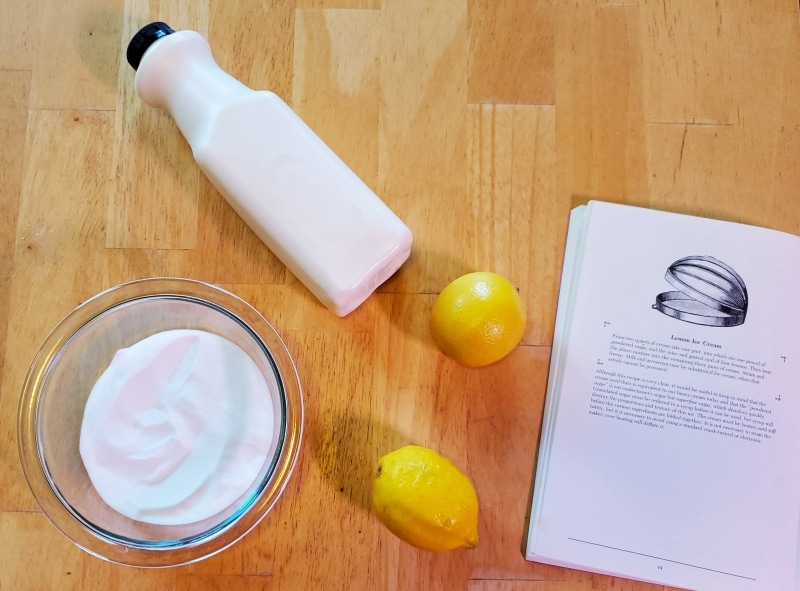
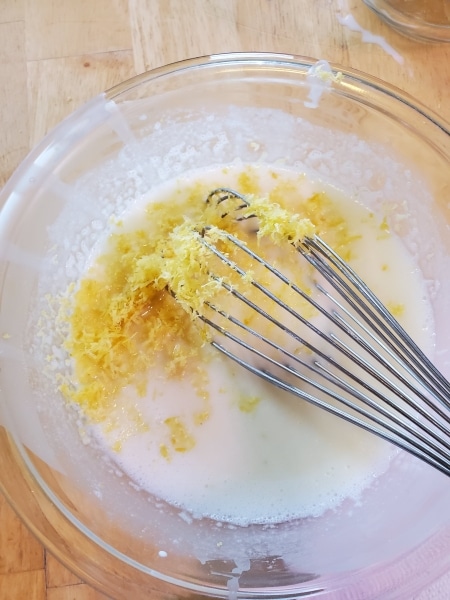
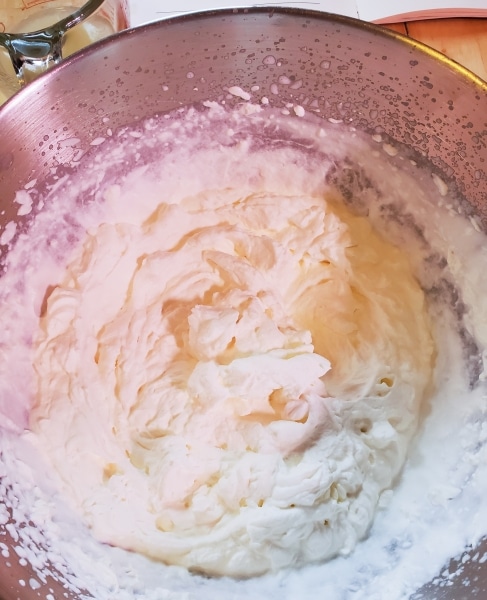

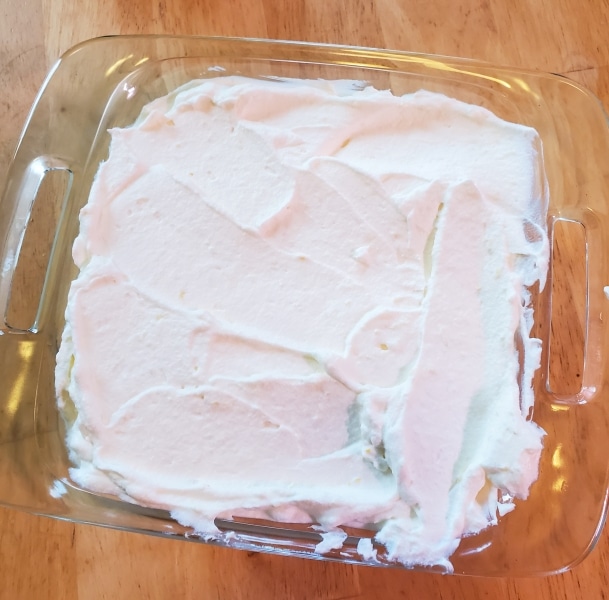
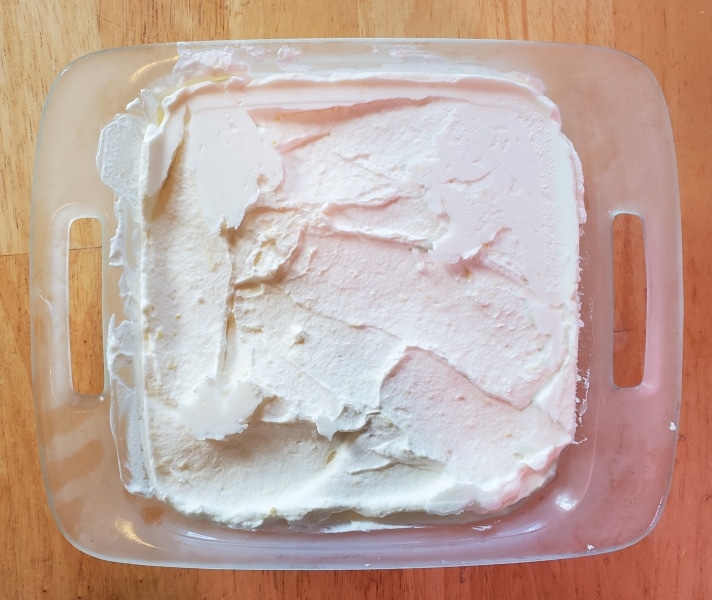


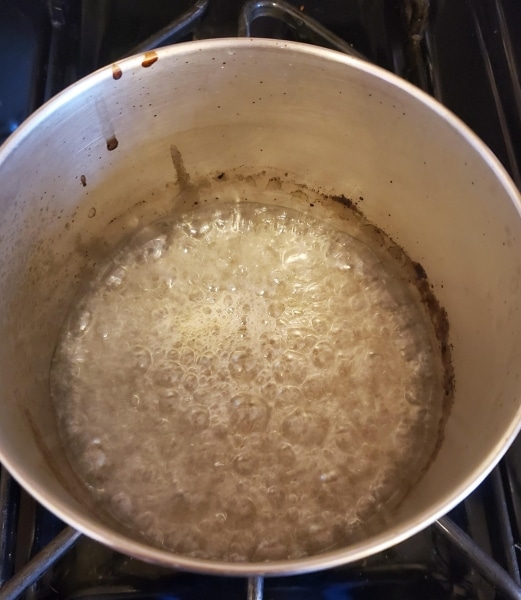
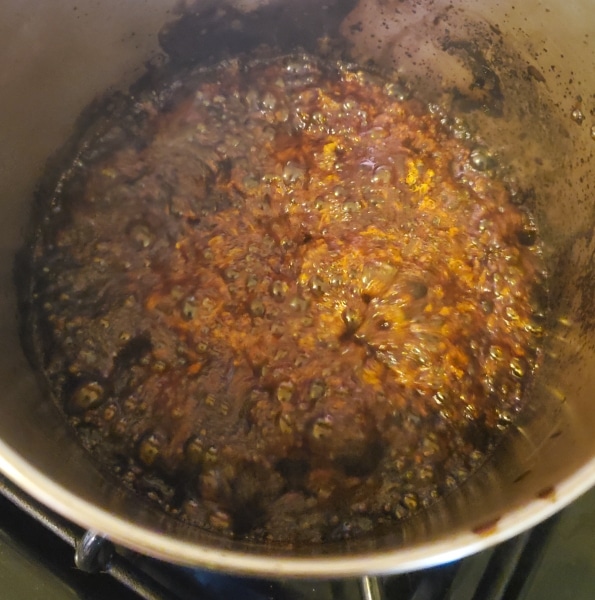
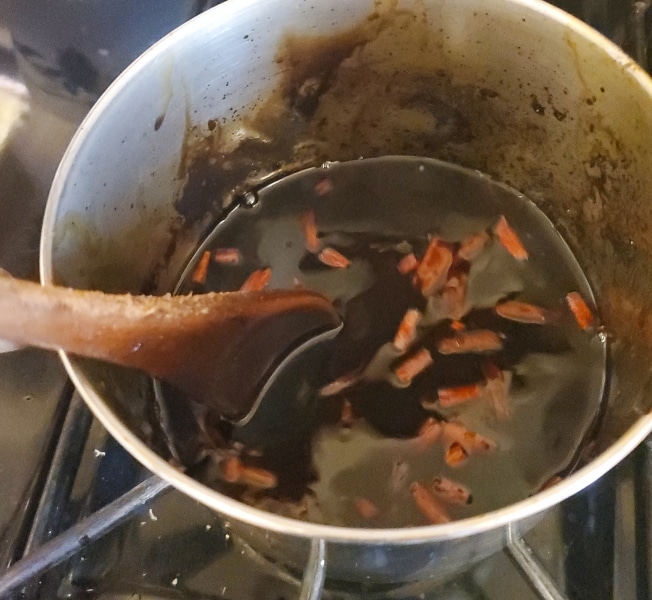
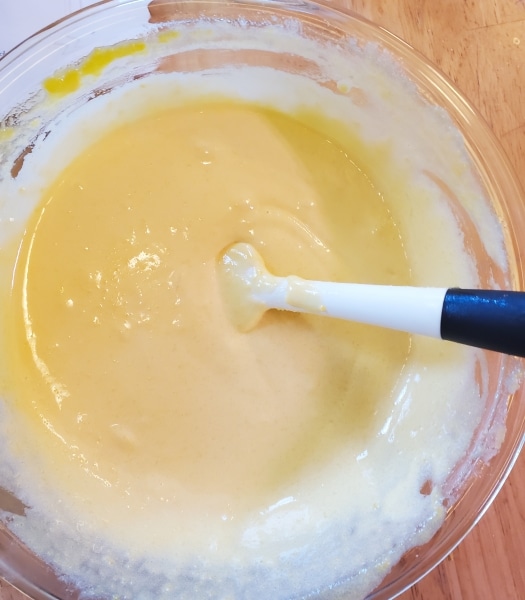
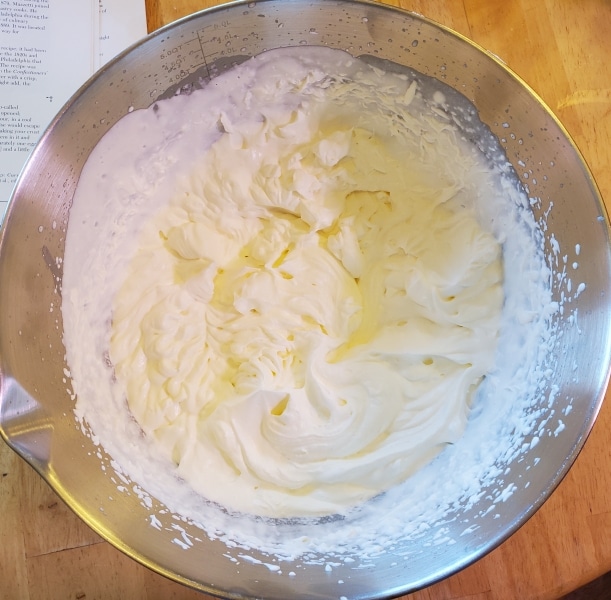
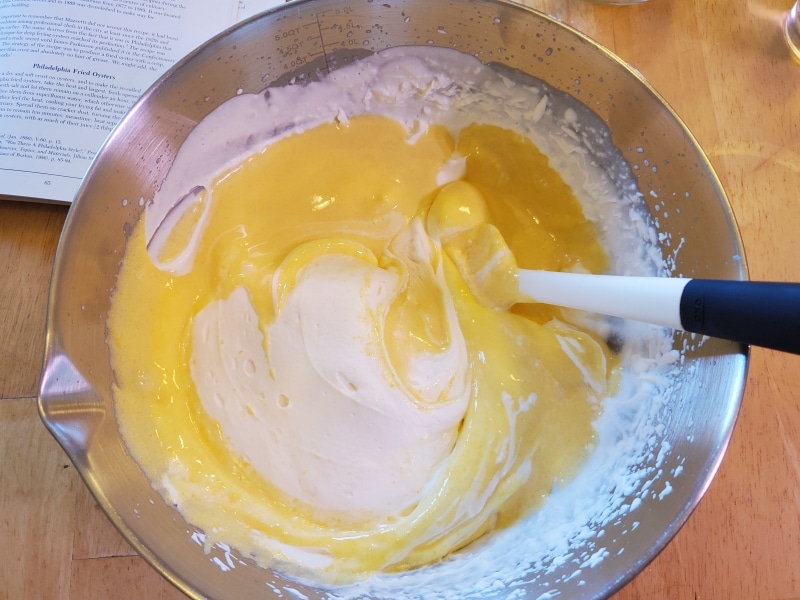
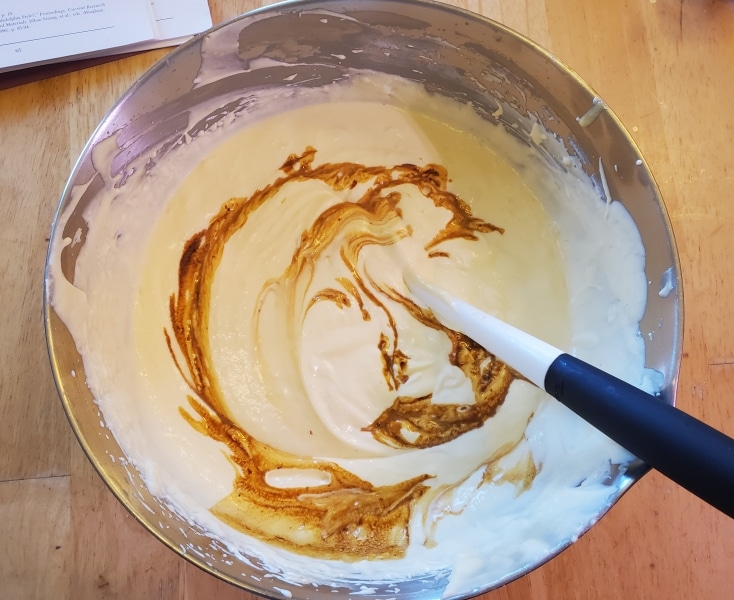

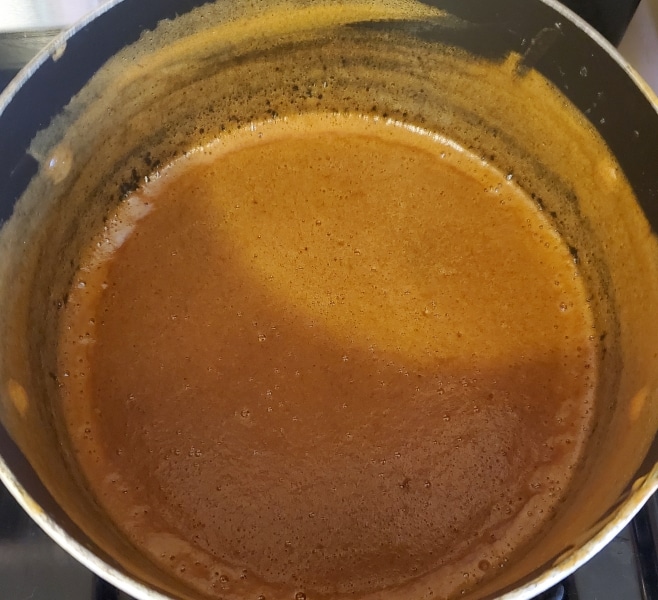


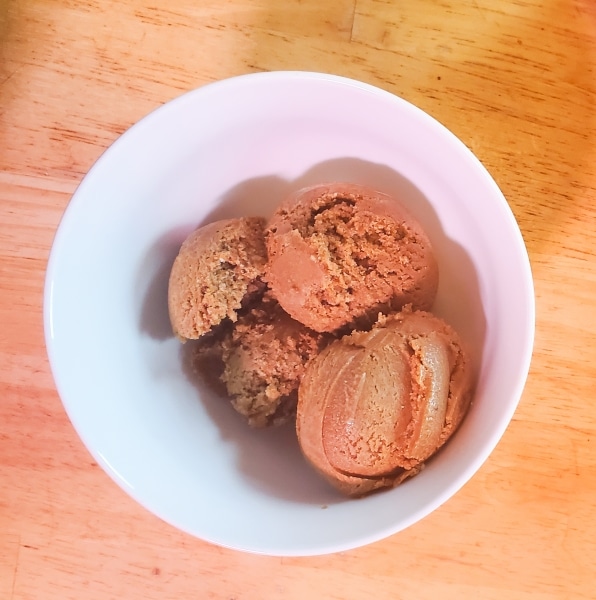

![[Mary Venning with her students in Philadelphia school yard], ca. 1945. Gelatin silver print.](https://librarycompany.org/wp-content/uploads/schoolyard-80x80.jpg)